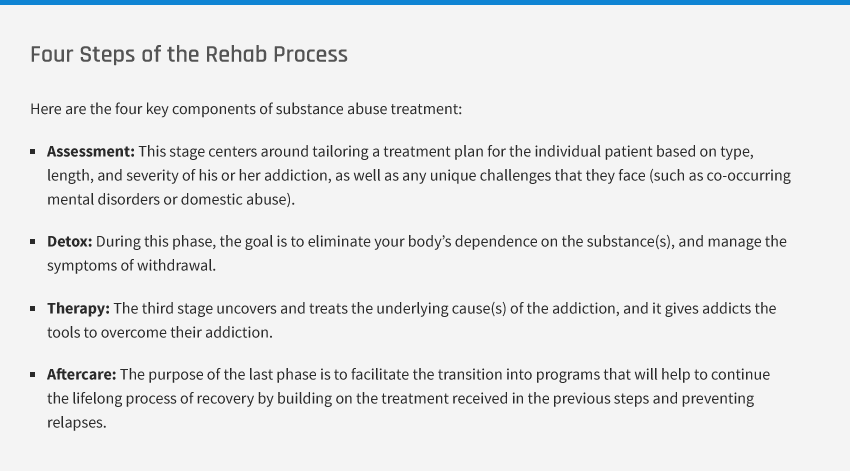Demographics of Individuals Seeking Treatment for Oxycodone Addiction
According to a 2017 SAMHSA report that charts admissions to and discharges from publicly funded substance use treatment facilities, men are more likely to seek treatment for abuse of opiates found in prescription pain relievers like Percocet. The gender breakdown of treatment admissions for opiates, not including heroin, was 52.7% male and 47.3% female. While opiate addiction occurs in all age groups, the most common age group admitted to a treatment facility for opiate use was individuals aged 25 to 34, with 35 being the average age of all individuals from all age groups who sought rehabilitation.


